
The relationship between a plant and its environment is as old as time.
Once a plant is in the ground, its ability to flourish has several limiting factors that go well beyond the basics of sunlight and water. The soil composition, texture, and pH, as well as air temperature, humidity, and the presence (or absence) of bacteria, fungi, insects, and animals are all hugely influential on how our perennials and annuals grow.
Matching the right plant with the right habitat is the critical difference between plants thriving – or simply existing.
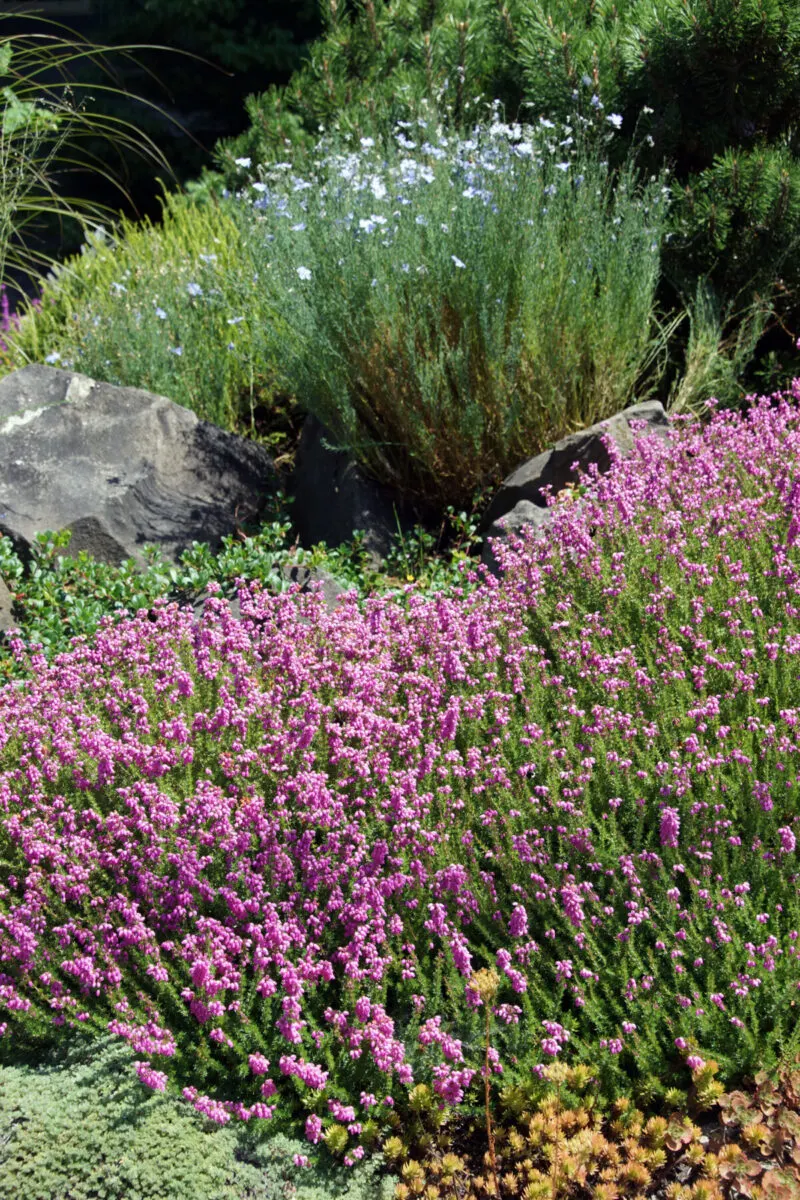
Planting up an exotic beauty might be okay for the first few years. But as soon as unfavorable weather patterns strike – a deluge of rain, freakish cold temperatures, or a long-running drought – a plant mismatched to its surroundings is more apt to become stressed, leaving it vulnerable to attack by diseases and pests. The decline and death of the plant after these events can be very sudden or occur gradually over the next season or two.
Choosing plants adapted to your ecoregion will take a fraction of the time, effort, money, and resources than growing varieties ill-equipped for our climates and habitats.
When you garden with ecology in mind, you can have a lush and beautiful garden – even in drought. Having a better understanding of where our plants come from in the wild is the key to knowing what cultivars will prevail when there hasn’t been any rain for weeks.
Growing an Ecological Garden
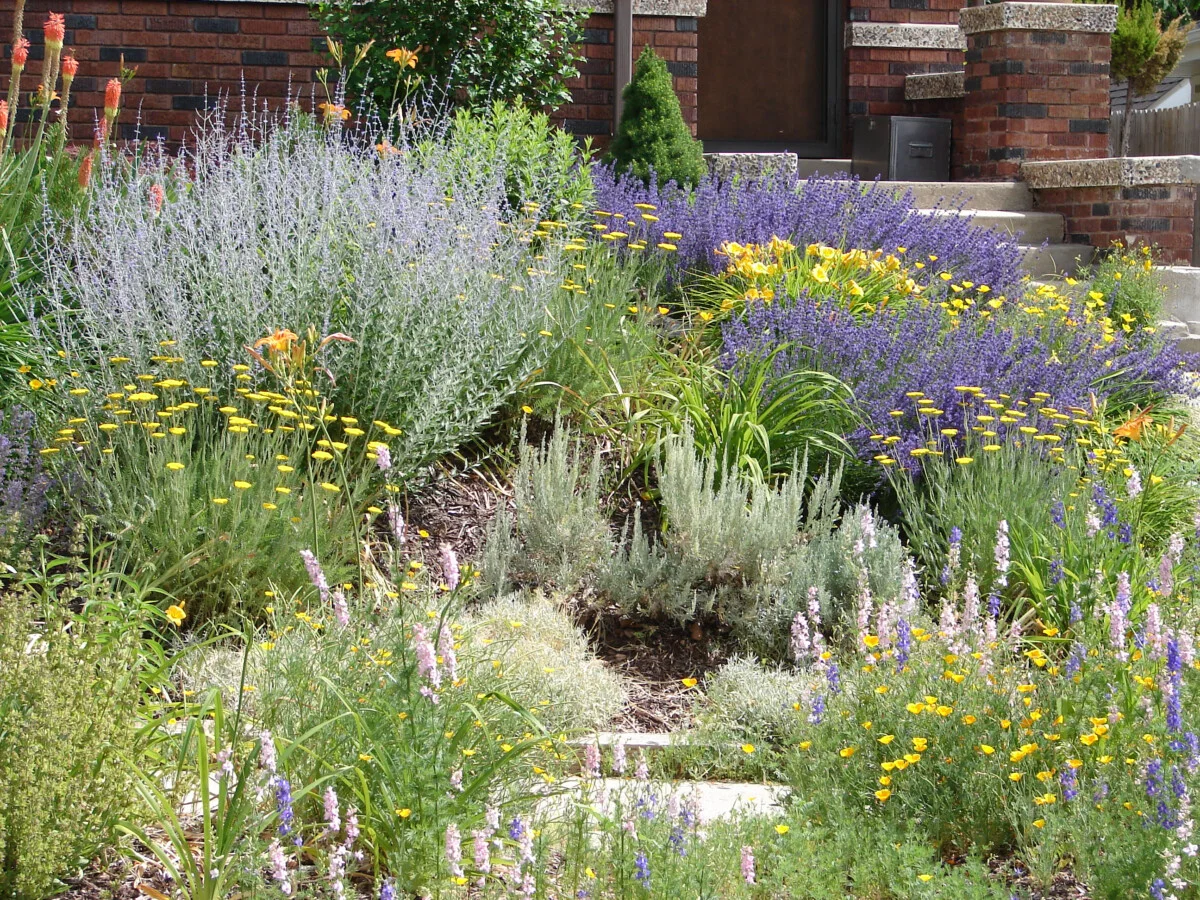
An ecoregion – or regional ecosystem – is an area with distinctive landforms, geology, climate, and hydrology, populated by specific and interconnected communities of flora and fauna. There are 182 ecoregions across North America, each with an unique mix of soil types, temperatures, precipitation, and humidity.
Growing plants native to your ecoregion is the best thing you can do to make your garden resilient to drought and other common sources of plant stress.
Native plants have a major evolutionary advantage over non-natives and are practically impervious to most adverse conditions. And they are gorgeous, diverse, and low-maintenance plants that have superior wildlife value. There’s no need to apply fertilizers or pesticides. Once established, they need little, if any, watering.
The next best thing is to look for plants indigenous to dry habitats around the globe, as well as places where the ecoregion is similar to our own. The arid woodlands of Southern Europe, the steppes of Central Asia, and the dry and hot summers of the Mediterranean will offer a range of lovely plants that are highly resistant to drought.
125 Drought-Tolerant Ornamental Plants to Grow
There are thousands of flowering plants to choose from with proven drought-resistant traits.
To you get started, we’ve rounded up a slew of native and non-native ornamentals that are well-adapted to environments where water is scarce.
Below you’ll find self-seeding annuals with long blooming periods that can handle dry soils. Once sprouted, they won’t need much by way of supplemental watering to look amazing all summer long.
There’s also scads of drought-hardy perennials. Although these ones will need some extra TLC for the first year of growth, manual irrigation is entirely optional once the roots have become established.
For Full Sun:
- Yarrow (Achillea millefolium)
- Blue Star (Amsonia tabernaemontana)
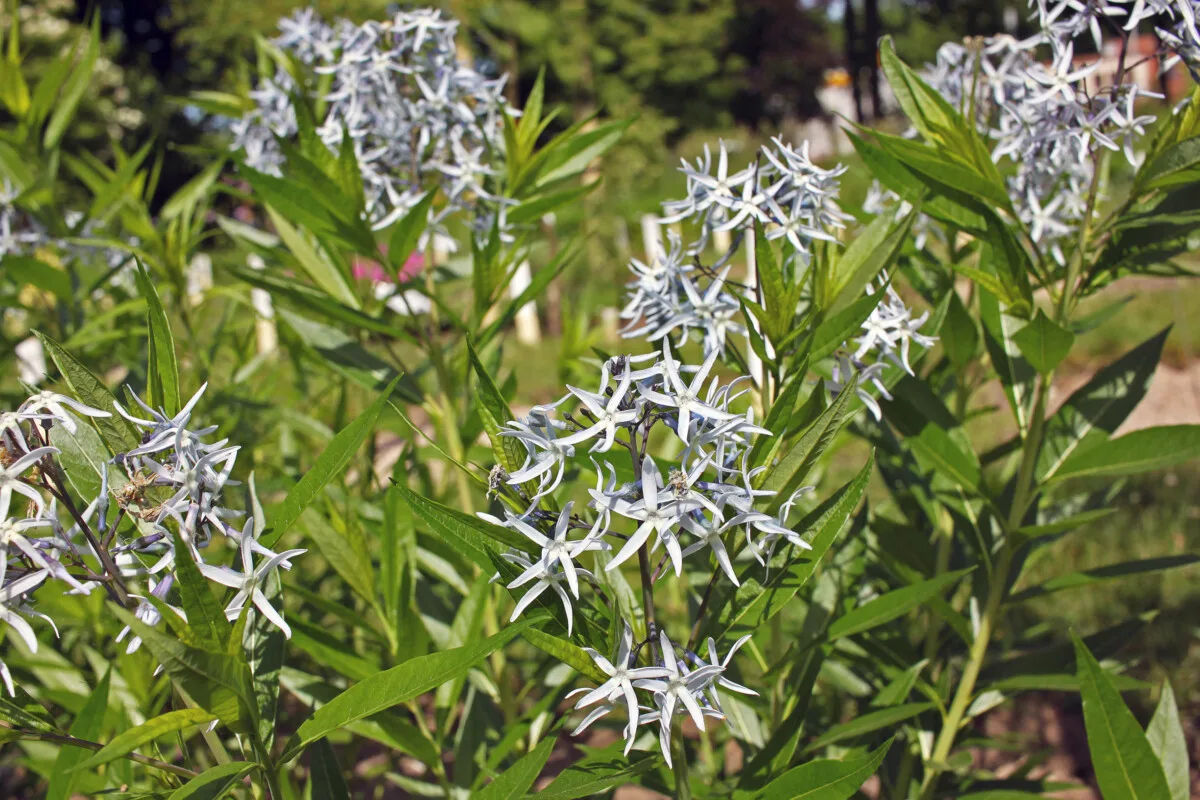
- Mount Atlas Daisy (Anacyclus pyrethrum)
- Pearly Everlasting (Anaphalis margaritacea)
- Golden Marguerite (Anthemis tinctoria)
- Mountain Rockcress (Arabis alpina)
- Sandwort (Arenaria montana)
- Sea Thrift (Armeria maritima)
- White Sage (Artemisia ludoviciana)
- Butterfly Weed (Asclepias tuberosa)
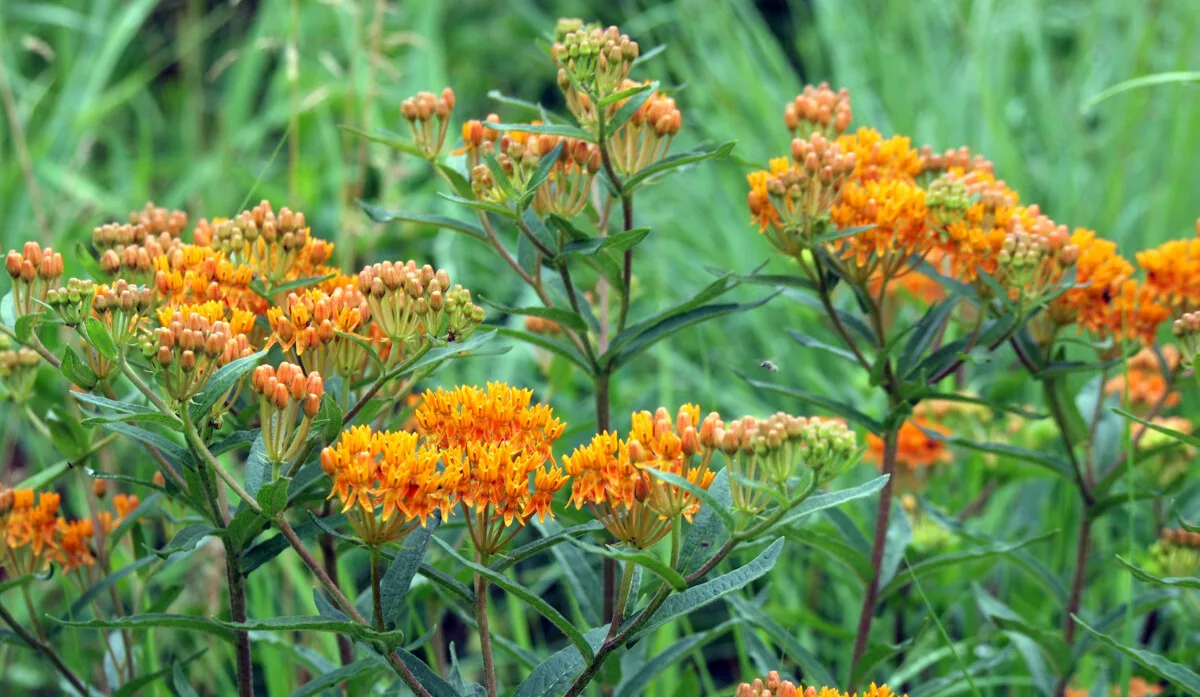
- Common Milkweed (Asclepias syriaca)
- Basket-of-Gold (Aurinia saxatilis)
- False Rockcress (Aubretia spp.)
- Blue Wild Indigo (Baptisia australis)
- Calamint (Calamintha nepeta)
- American Bittersweet (Celastrus scandens)
- Plume Cockscomb (Celosia cristata)
- Basket Flower (Centaurea americana)
- Mountain Cornflower (Centaurea montana)
- Red Valerian (Centranthus ruber)
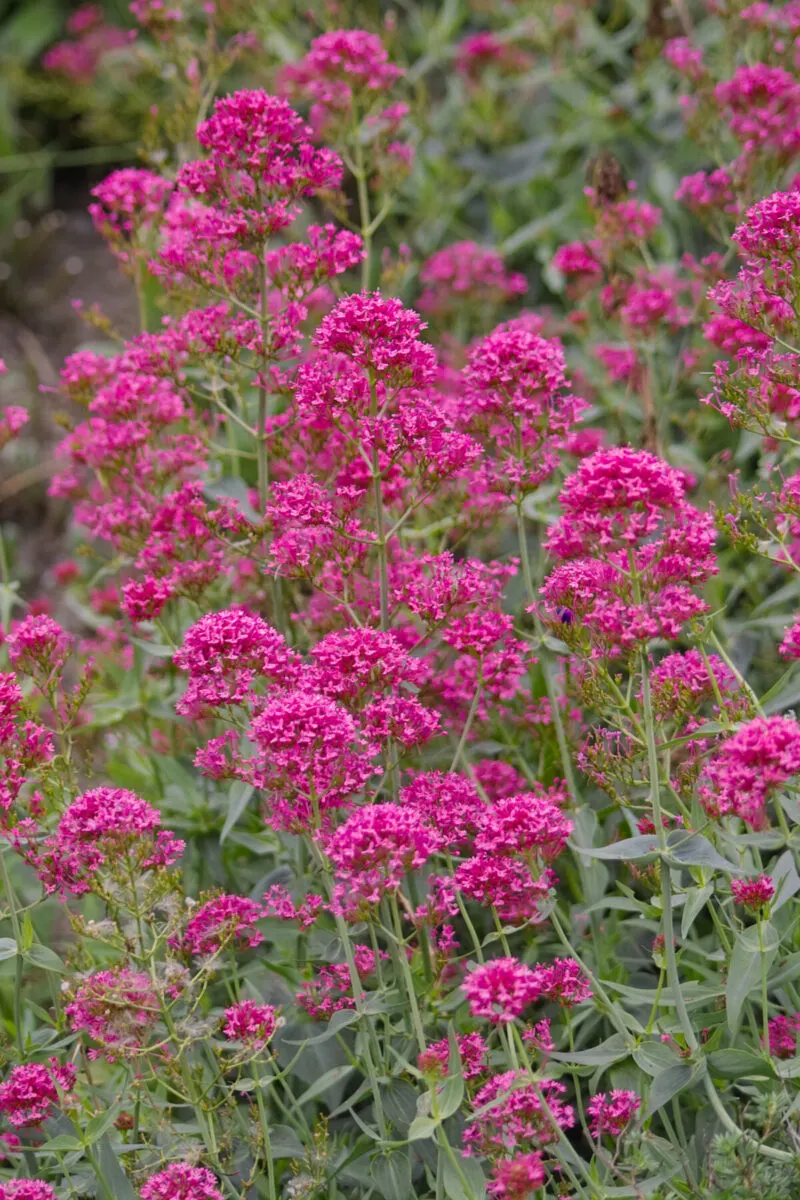
- Snow-in-Summer (Cerastium tomentosum)
- Lanceleaf Coreopsis (Coreopsis lanceolata)
- Threadleaf Coreopsis (Coreopsis verticillata)
- Cosmos (Cosmos spp.)
- Flowering Sea Kale (Crambe cordifolia)
- Hardy Ice Plant (Delosperma nubigenum)
- Alpine Pink (Dianthus alpinus)
- Pale Purple Coneflower (Echinacea pallida)
- Purple Coneflower (Echinacea purpurea)
- Fleabane Daisy (Erigeron spp.)
- Sea Holly (Eryngium spp.)
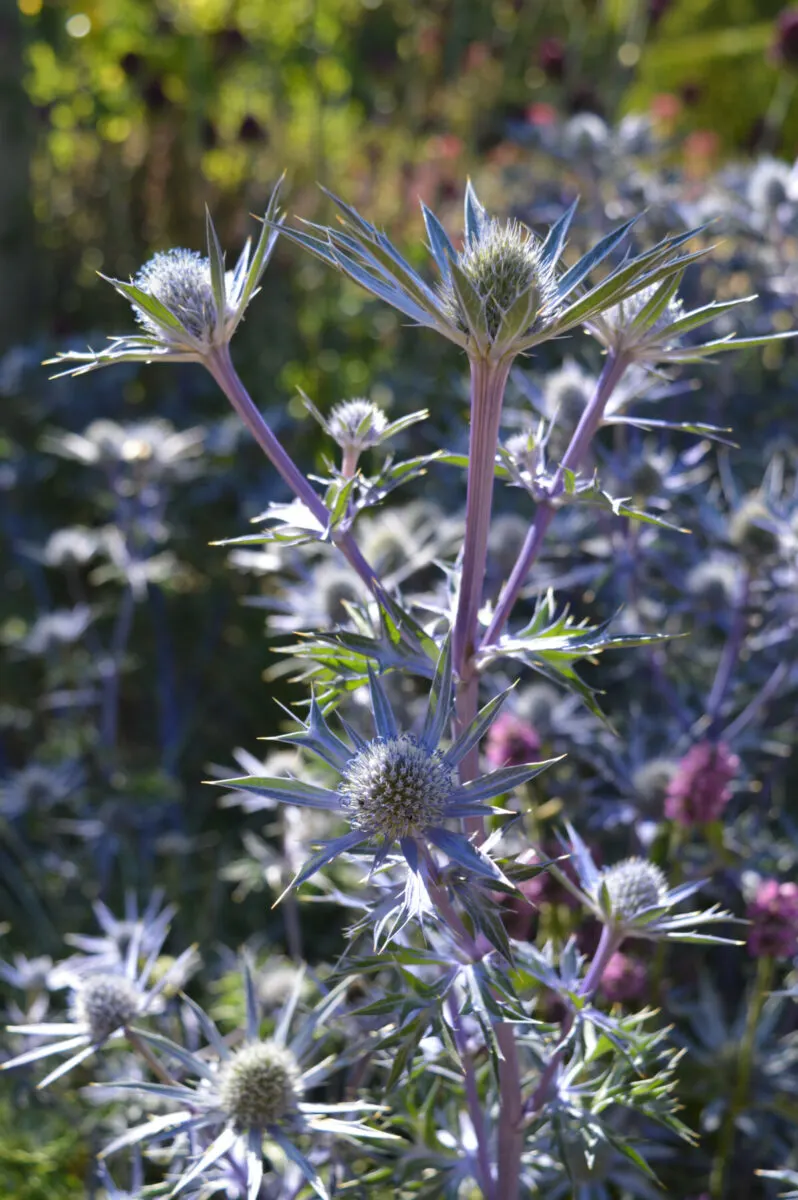
- Rattlesnake Master (Eryngium yuccifolium)
- California Poppy (Eschscholzia californica)
- Myrtle Spurge (Euphorbia myrsinites)
- Blanket Flower (Gaillardia × grandiflora)
- Prairie Smoke (Geum triflorum)
- Treasure Flower (Gazania rigens)
- Rock Rose (Helianthemum nummularium)
- Common Sunflower (Helianthus annuus)
- Showy Stonecrop (Hylotelephium spectabile)
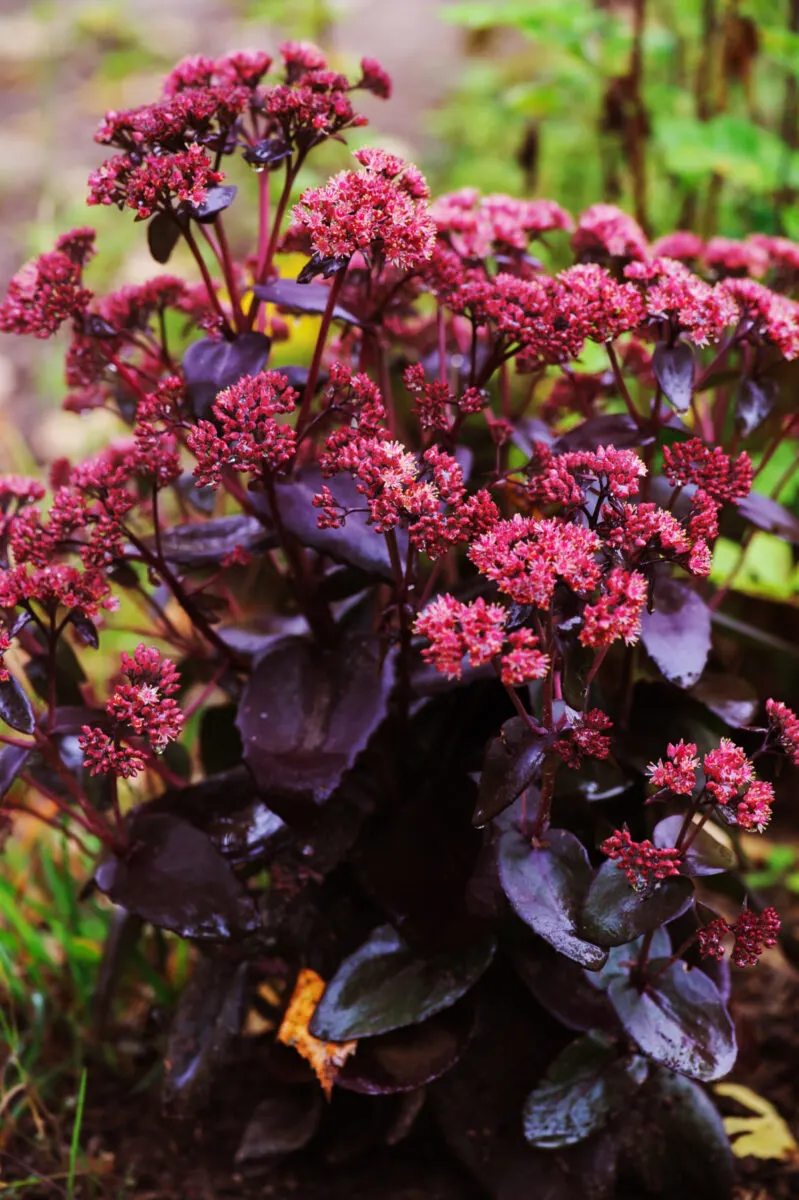
- Evergreen Candytuft (Iberis sempervirens)
- Sweet Potato Vine (Ipomoea batas)
- Dwarf Iris (Iris pumila)
- Macedonian Scabious (Knautia macedonia)
- Bigleaf Lantana (Lantana camara)
- English Lavender (Lavandula angustifolia)
- French Lavender (Lavandula dentata)
- Rough Blazing Star (Liatris aspera)
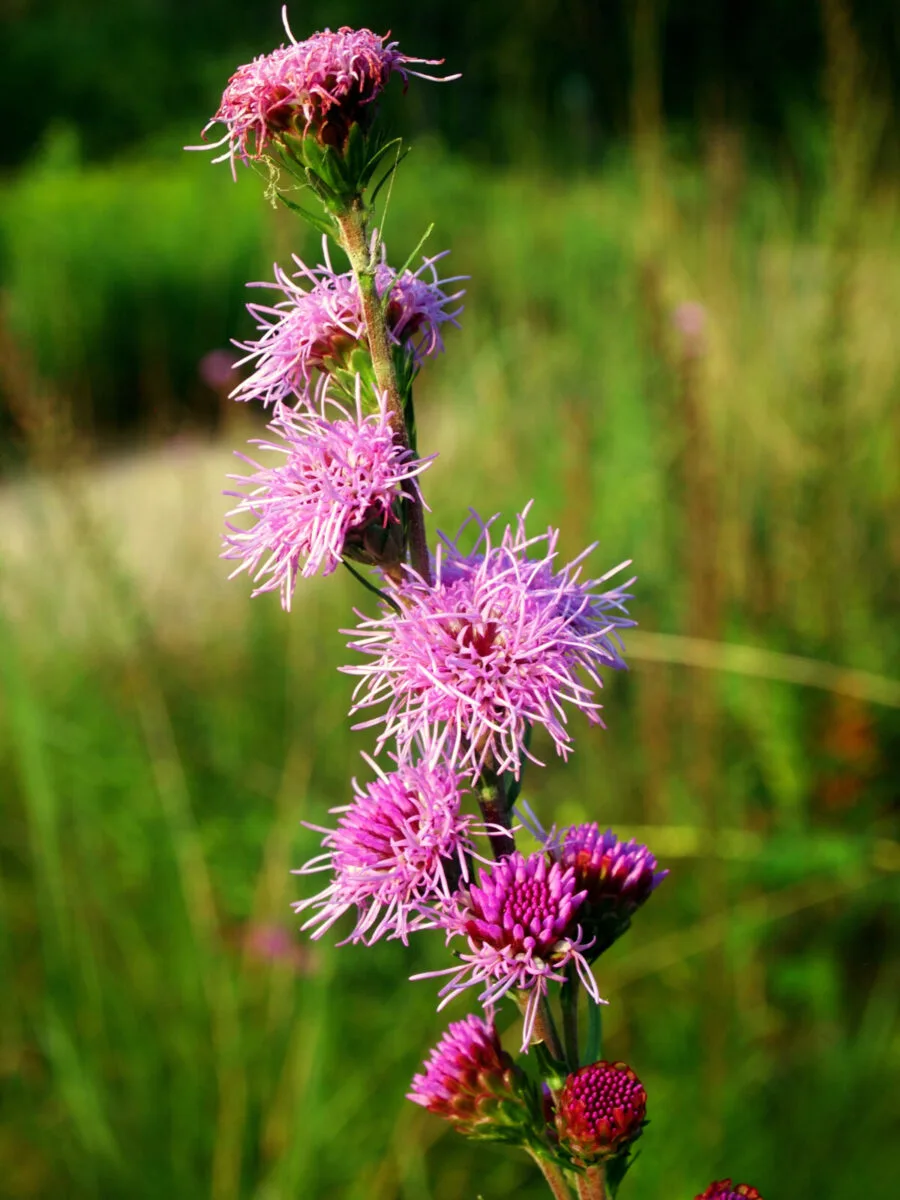
- Dwarf Blazing Star (Liatris cylindracea)
- Blazing Star (Liatris spicata)
- Perennial Flax (Linum perenne)
- Rose Campion (Lychnis coronaria)
- Catmint (Nepeta × faassenii)
- Evening Primrose (Oenothera biennis)
- Ozark Sundrops (Oenothera macrocarpa)
- Prickly Pear Cactus (Opuntia compressa)
- Moroccan Poppy (Papaver atlanticum)
- Oriental Poppy (Papaver orientale)
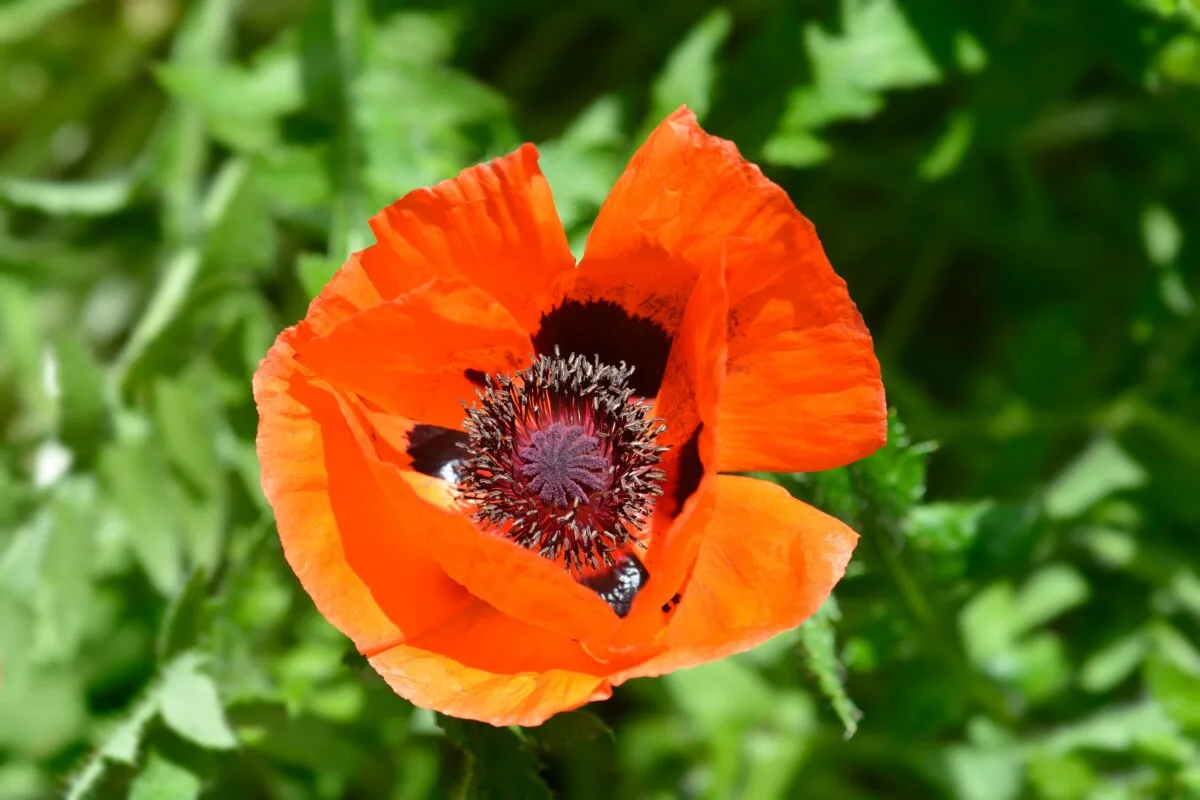
- Breadseed Poppy (Papaver somniferum)
- Foxglove Beardtongue (Penstemon digitalis)
- Hairy Beardtongue (Penstemon hirsutus)
- Russian Sage (Perovskia atriplicifolia)
- Moss Phlox (Phlox douglasii)
- Creeping Phlox (Phlox subulata)
- Moss Rose (Portulaca grandiflora)
- Grayhead Coneflower (Ratibida pinnata)
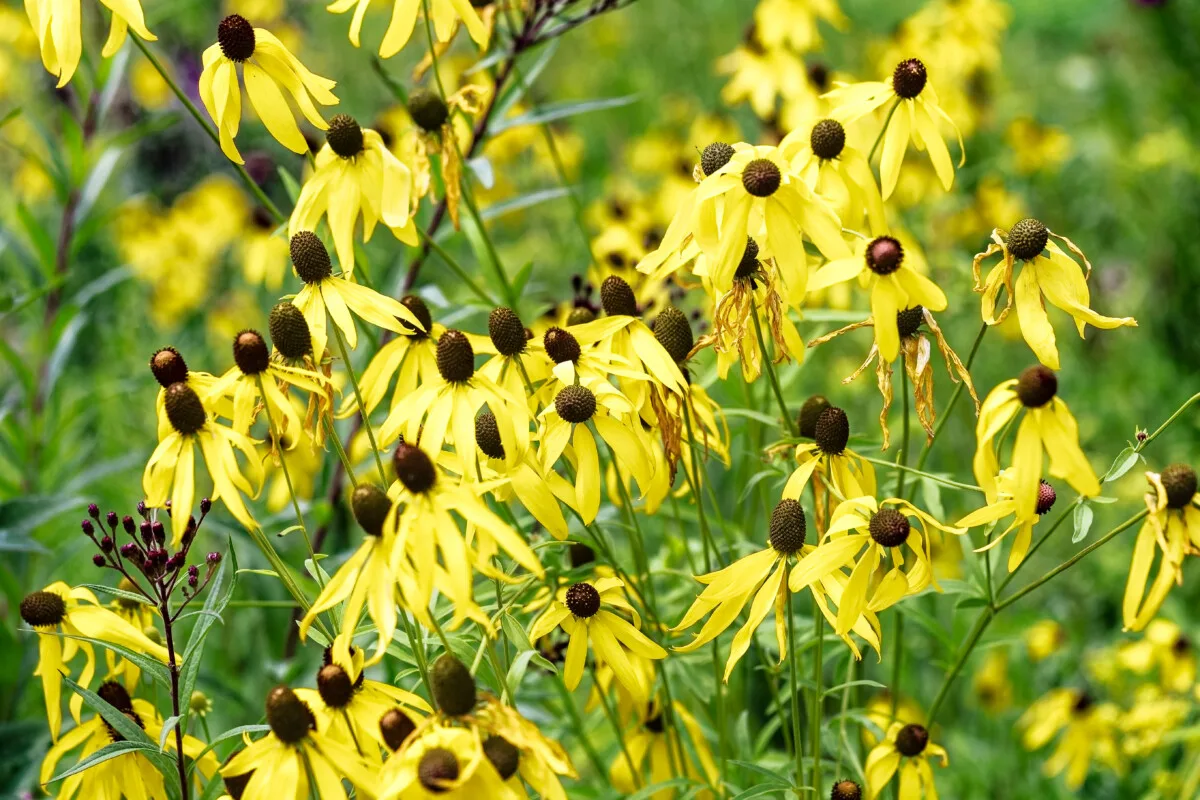
- Black-Eyed Susan (Rudbeckia hirta)
- Orange Coneflower (Rudbeckia fulgida)
- Woodland Sage (Salvia nemorosa)
- Gold Moss (Sedum acre)
- Caucasian Stonecrop (Sedum spurium)
- Blue stonecrop (Sedum rupestre)
- Hens and Chicks (Sempervivium tectorum)
- Compass Plant (Silphium laciniatum)
- Prairie Dock (Silphium terebinthinaceum)
- Old Field Goldenrod (Solidago nemoralis)
- Showy Goldenrod (Solidago speciosa)
- Stiff Goldenrod (Solidago rigida)
- Lamb’s Ear (Stachys byzantina)
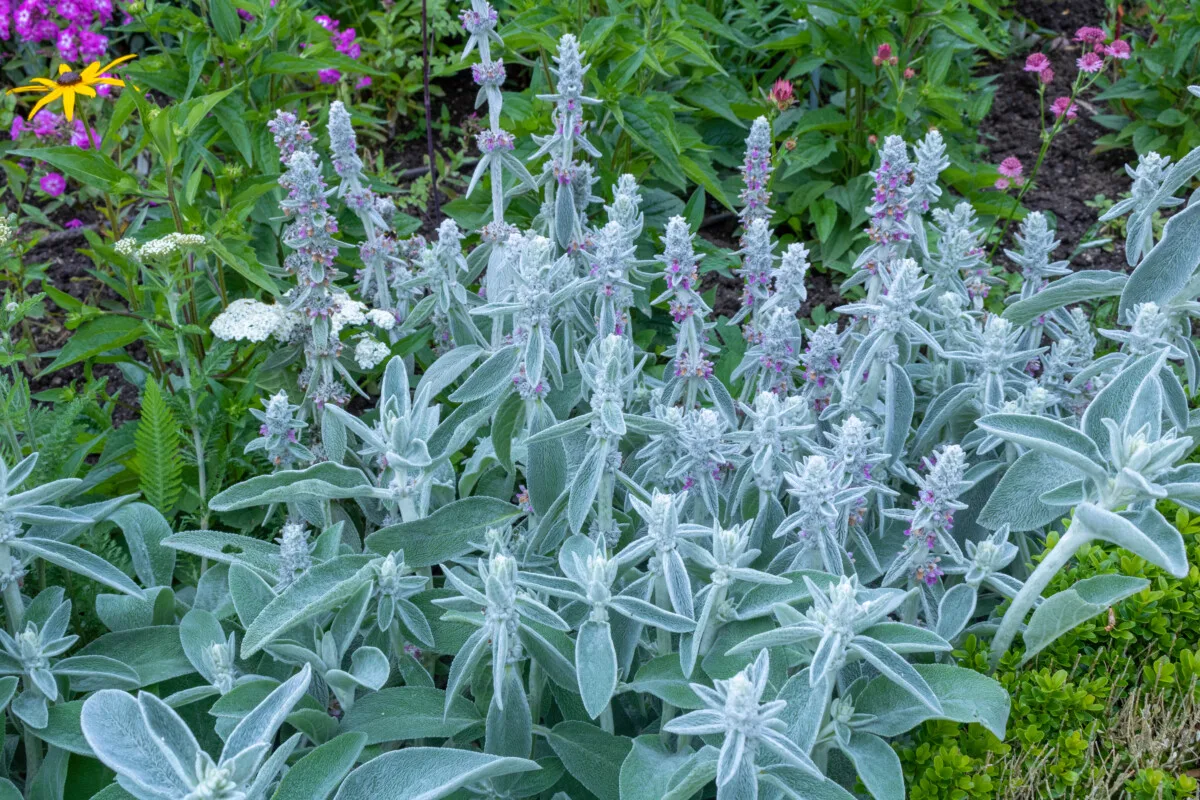
- Heath Aster (Symphyotrichum ericoides)
- Smooth Aster (Symphyotrichum laeve)
- New England Aster (Symphyotrichum novae-angliae)
- American Marigold (Tagetes erecta)
- French Marigold (Tagetes patula)
- Hoary Vervain (Verbena stricta)
- Banana Yucca (Yucca baccata)
- Adam’s Needle (Yucca filamentosa)
- Zinnia (Zinnia elegans)
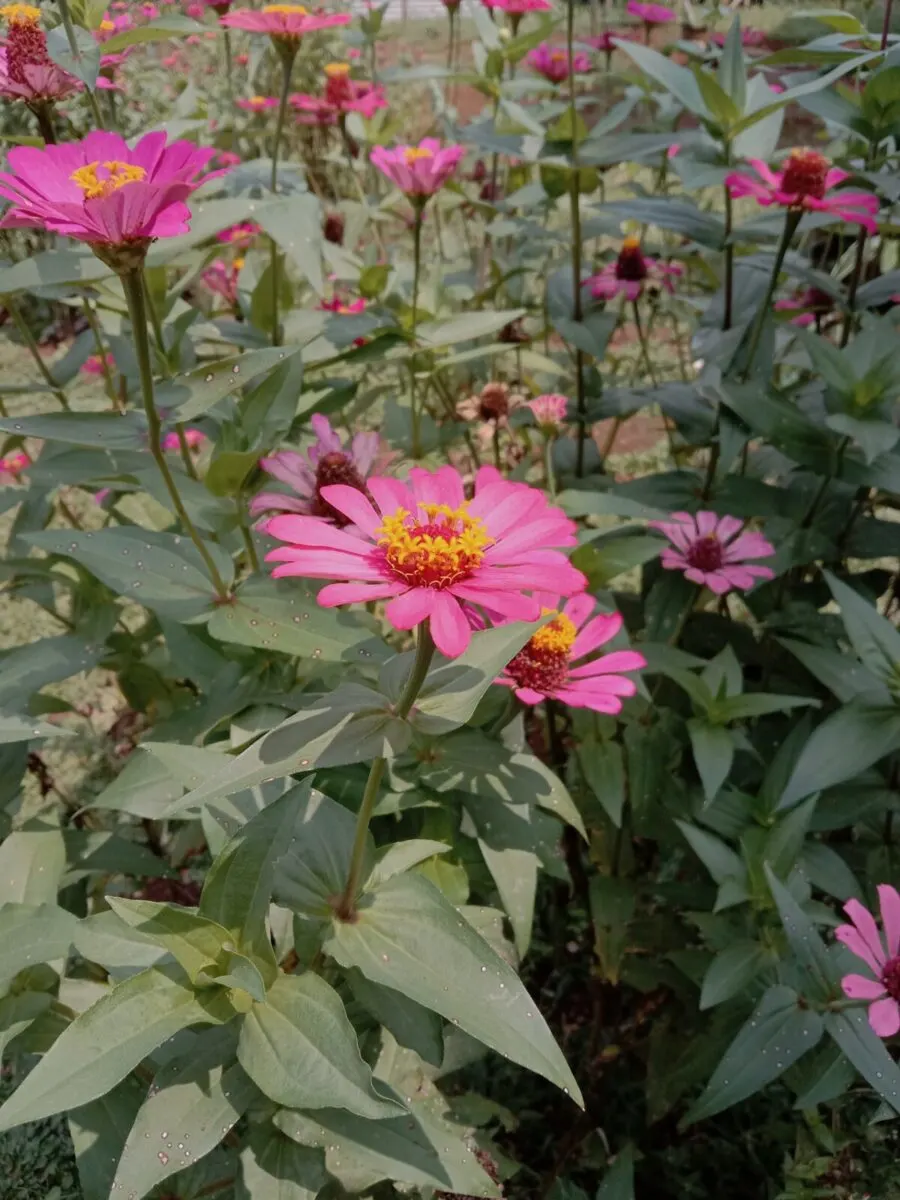
For Full Sun to Part Shade:
- Anise Hyssop (Agastache foeniculum)
- Floss Flower (Ageratum houstonianum)
- Lady’s Mantle (Alchemilla mollis)
- Nodding Onion (Allium cernuum)
- Windflower (Anemone canadensis)
- Columbine (Aquilegia canadensis)
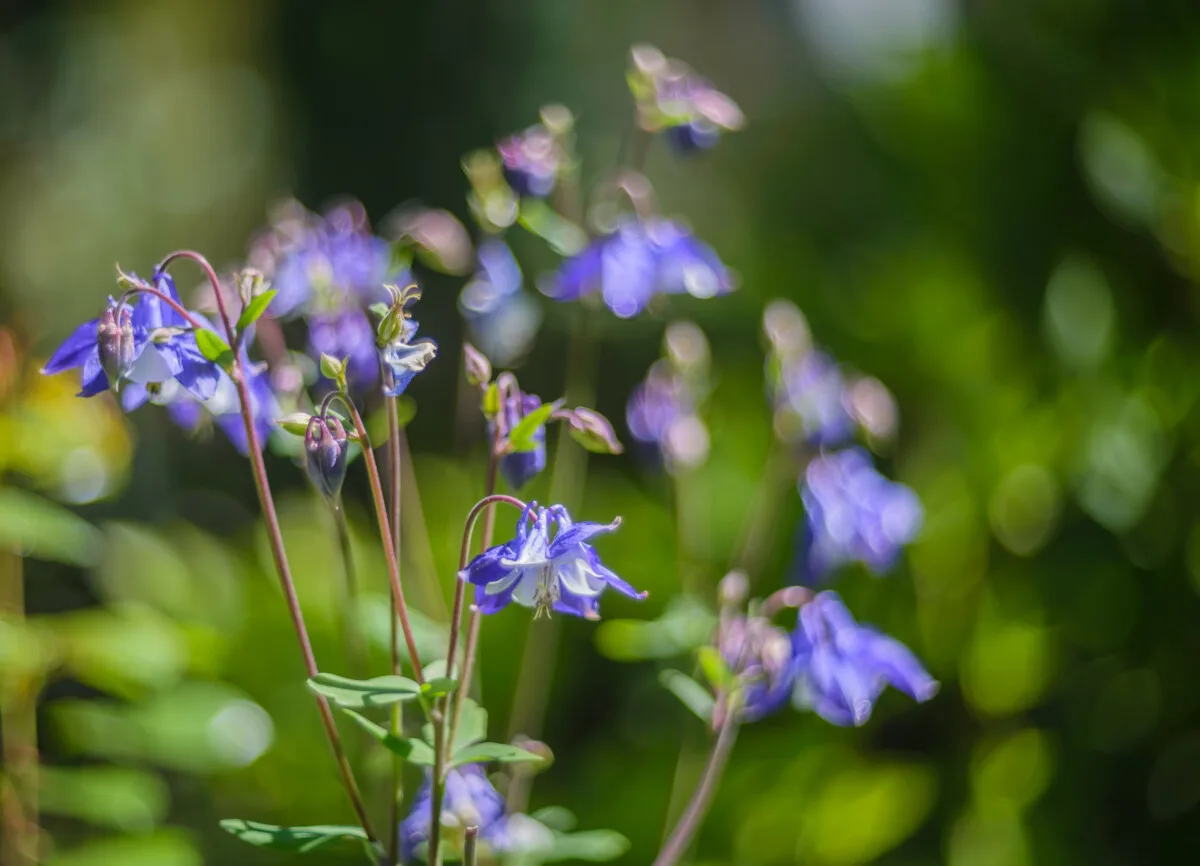
- Wild Ginger (Asarum canadense)
- Bluebell (Campanula rotundifolia)
- New Jersey Tea (Ceanothus americanus)
- Showy Tick Trefoil (Desmodium canadense)
- Flowering Spurge (Euphorbia corollata)
- Wild Strawberry (Fragaria virginiana)
- Big Root Geranium (Geranium macrorrhizum)
- Wild Geranium (Geranium maculatum)
- Bloody Geranium (Geranium sanguineum)
- Woodland Sunflower (Helianthus divaricatus)
- Oxeye Sunflower (Heliopsis helianthoides)
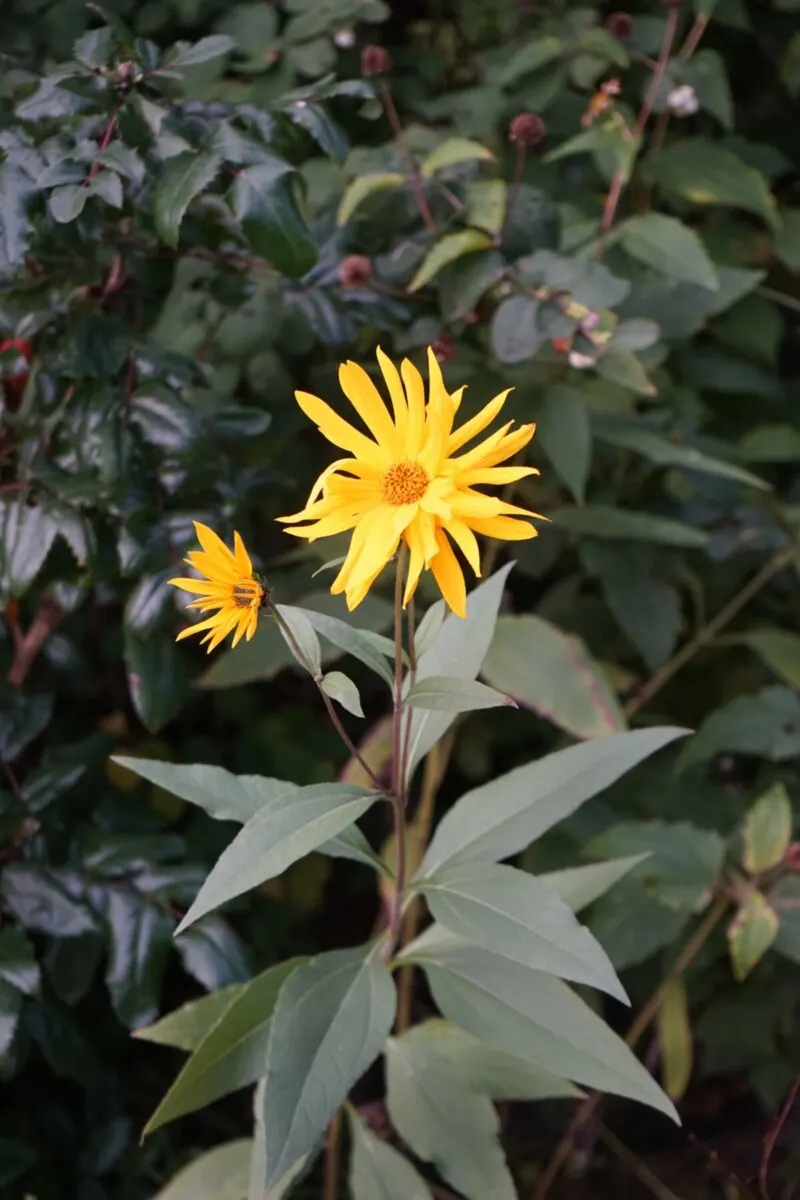
- Daylilies (Hemerocallis spp.)
- Wild Lupine (Lupinus perennis)
- Wild Bergamot (Monarda fistulosa)
- Spotted Bee Balm (Monarda punctata)
- Virginia Creeper (Parthenocissus quinquefolia)
- Woodland Phlox (Phlox divaricata)
- Star Rock Phlox (Phlox stolonifera)
- Slender Mountain Mint (Pycnanthemum tenuifolium)
- Fan Flower (Scaevola aemula)
- Nasturtium (Tropaeolum majus)
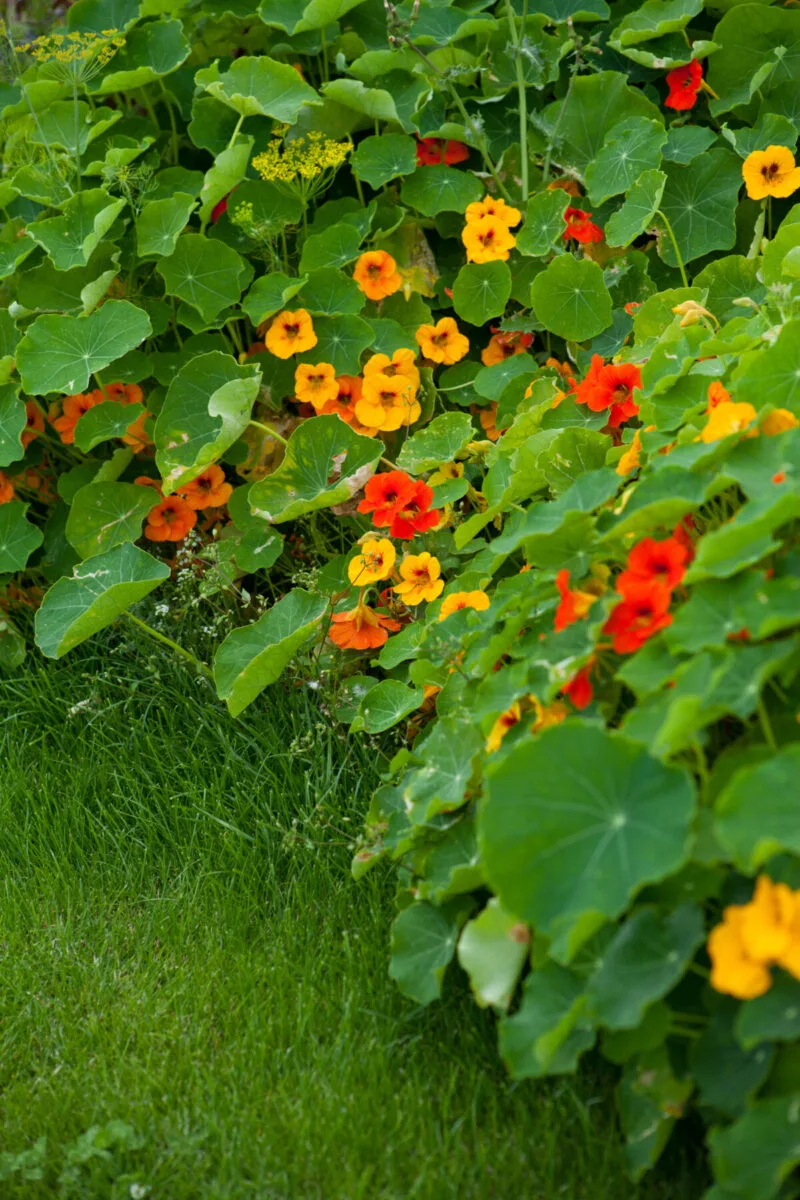
For Part Shade to Full Shade:
- Male Fern (Dryopteris filix-mas)
- Shallon (Gaultheria shallon)
- Spotted Dead Nettle (Lamium maculatum)
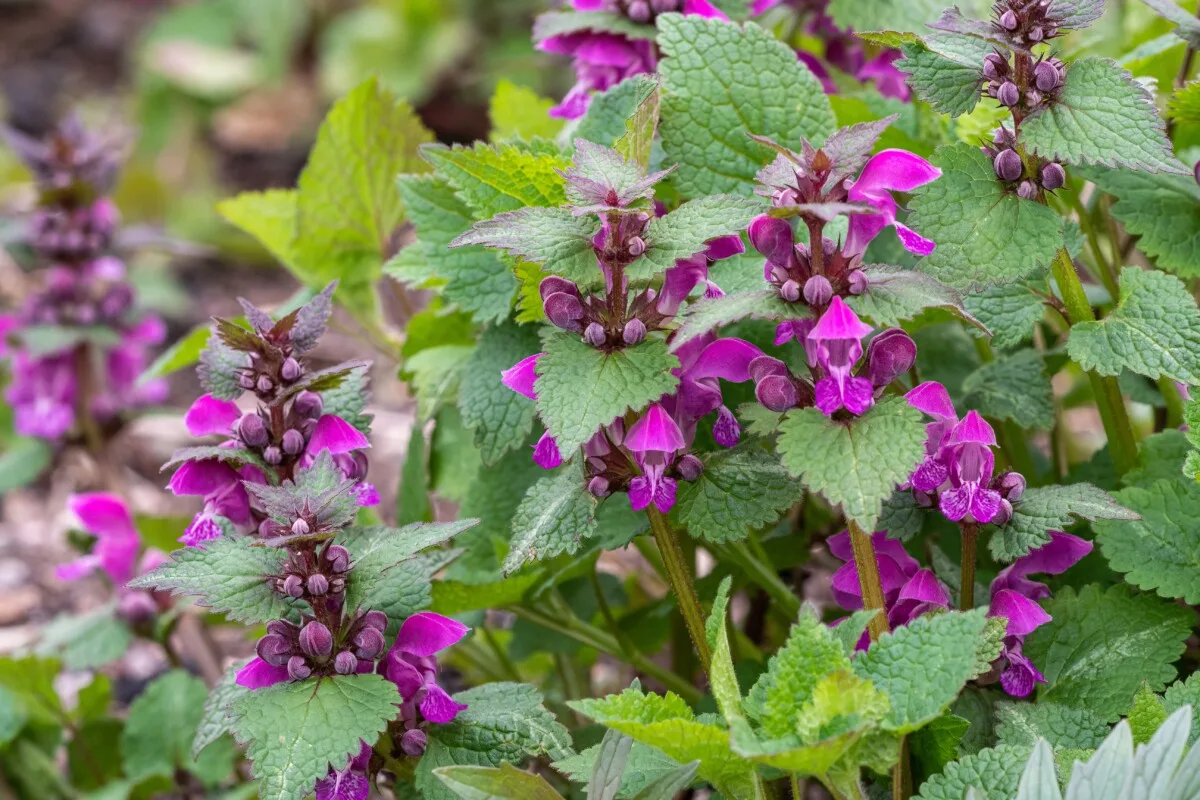
- Oregon Grape Holly (Mahonia aquifolium)
- Redwood Sorrel (Oxalis oregana)
- May Apple (Podophyllum peltatum)
- Sweet Box (Sarcococca confusa)
- False Solomon’s Seal (Smilacina racemosa)
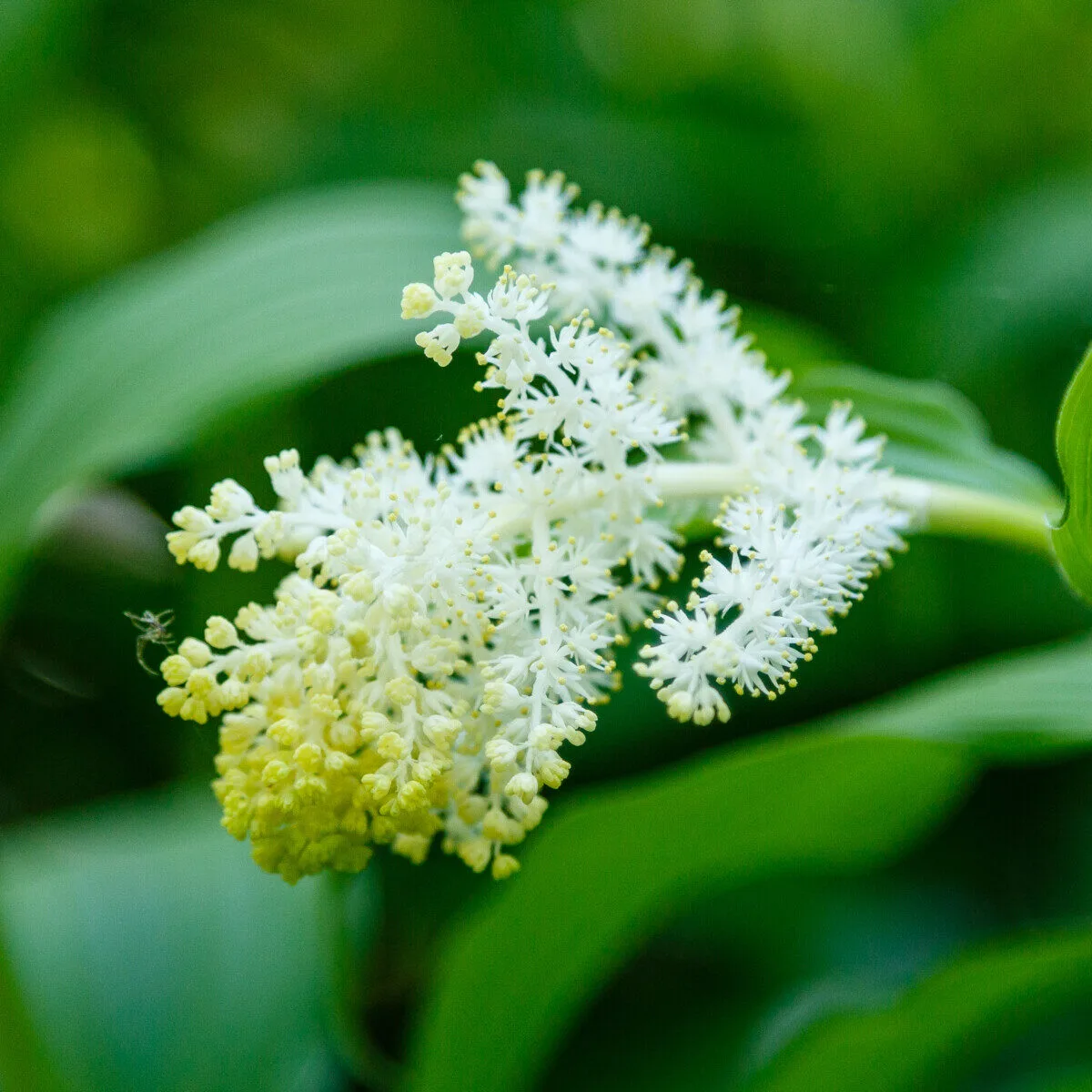
- Large-Flowered Bellwort (Uvularia grandiflora)
- Sand Violet (Viola affinis)

Get the famous Rural Sprout newsletter delivered to your inbox.
Including Sunday musings from our editor, Tracey, as well as “What’s Up Wednesday” our roundup of what’s in season and new article updates and alerts.

